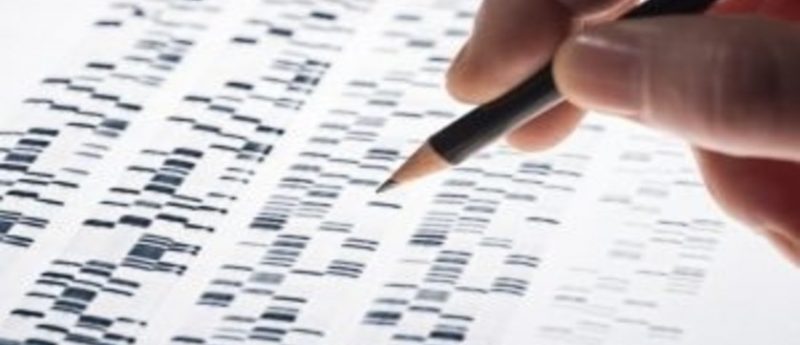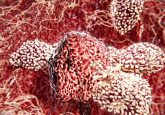Identifying what puts the brakes on mole progression into melanoma

In a study recently published in Cancer Discovery, Todd W Ridky, assistant professor of Dermatology at the Perelman School of Medicine (University of Pennsylvania, PA, USA), and colleagues sought to answer the long-standing question as to why moles stop growing, despite their overactivation of BRAF.
Comparing benign mole melanocytes with those in normal skin, the group discovered levels of p15 were 140-times higher in mole melanocytes, while p15 levels were low or undetectable in melanomas. They then went on to show that BRAF overactivation, which stimulates mole growth, also results in increased levels of p15, providing an explanation as to why moles grow to a few millimeters prior to stopping.
Ridky explained that p15 has been largely overlooked until now owing to the assumption that p16, a related tumor suppressor protein also linked to the commonly deleted CDKN2B-CDKN2A gene cluster, is primarily responsible for tumor suppression, with the two proteins working in tandem. In their latest work, the researchers evinced that p15 has some unique functions, being able to halt proliferation completely when inserted into cells; p16 on its own was only able to slow proliferation.
To discover this, the group utilized a new model, whereby tissue engineering was used to make skin grafts containing mole cells lacking p15. Combining this with other mutations known to be involved in melanoma development and then transplanting into mice, the p15-depleted cells progressed to melanoma. Andrew McNeal, lead author of the study also of the University of Pennsylvania, explained: “The model tissues are medically relevant because they used the naturally occurring human mole cells in the 3-dimensional environment of living skin, which allows detailed functional studies – the field hasn’t had an experimental system like this before.”
The team now plans to use the in vivo model further, to provide new insights into melanoma development and possible therapies. They also hope to look further into the role of p15 in other cancers: “Cancer biologists have generally assumed that p16 is the more important of the two [proteins],” explained Ridky. “I think that we’re going to find important and unique roles for p15 even beyond the context of moles and melanoma.”
Sources: McNeal AS, Liu K, Nakhate V et al. CDKN2B loss promotes progression from benign melanocytic nevus to melanoma. Cancer Discov. doi:10.1158/2159-8290.CD-15-0196 (2015) (Epub ahead of print); University of Pennsylvania press release


